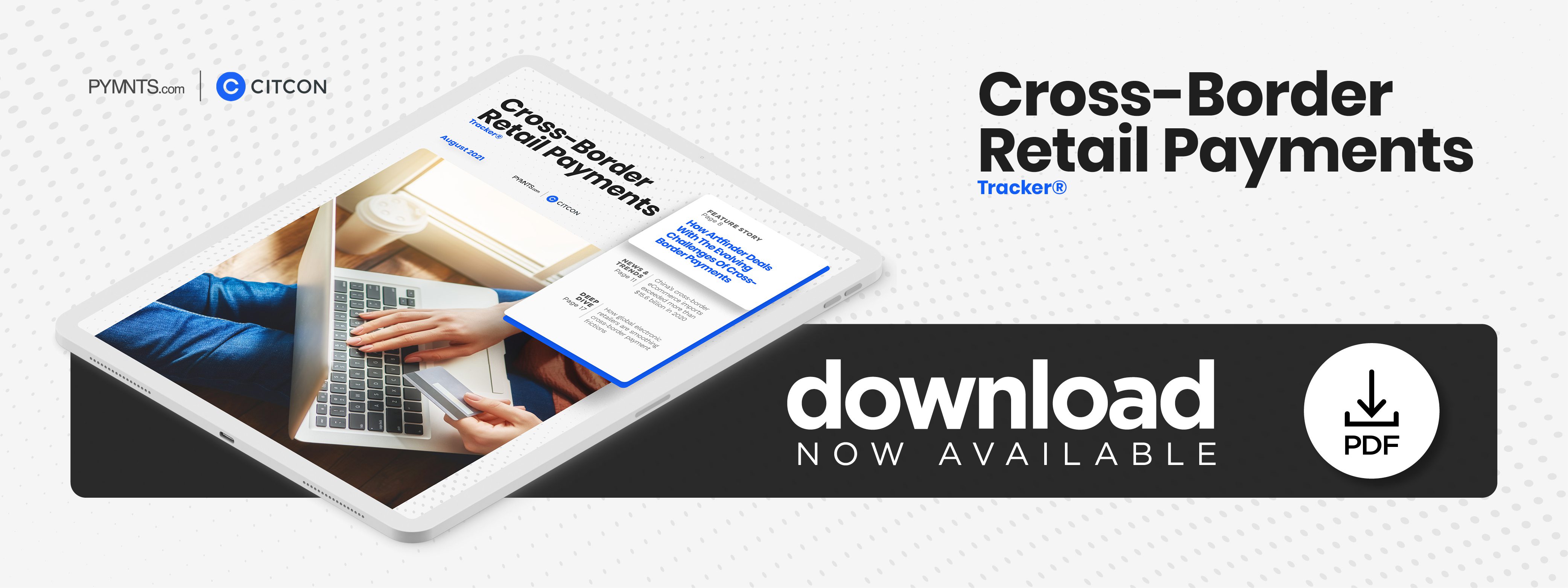Artfinder On The Evolving Challenges Of Cross-Border Payments

The twofold setback of Brexit and the pandemic has irreversibly altered international commerce. In the Cross-Border Retail Payments Tracker, Michal Szczesny, CEO of Artfinder, explains how collaborating with payment providers to meet regulatory requirements and speed transactions is helping art merchants meet cross-border challenges.
Over the past few years, eCommerce has become many consumers’ primary form of retail and as the hunger for online shopping grows, so does the breadth of options. Customers are no longer content to purchase from retailers in their own countries but are virtually crossing borders to do so, with experts predicting that international consumer-to-business (C2B) and consumer-to-consumer (C2C) transaction volumes will hit $3.6 trillion by next year.
These consumers are quickly becoming aware of the cross-border payment challenges that corporations have faced for decades, including transaction delays, taxes and customs, and the interlocking web of regulations in both the sending and receiving countries. One online merchant familiar with these challenges is London-based art merchant Artfinder, which saw a massive shift over the past several years due to the ongoing pandemic and the U.K.’s withdrawal from the European Union.
“Approximately 60 percent of our sales are international cross-border sales,” said Artfinder’s CEO, Michal Szczesny. “We’re seeing a lot of change over the last 18 months across all shipping partners and delivery partners, with shipping costs going considerably up [as a result].”
Szczesny recently spoke with PYMNTS about the rapid changes in the cross-border payments space and how Artfinder is dealing with them while preparing for future developments.
How Cross-border Payments Have Changed In Recent Years
The ongoing pandemic has been one of the biggest drivers of change in the cross-border payments space. Consumers were largely cut off from their traditional brick-and-mortar retail options and went to international eTailers instead. The art industry was not immune to this change, said Szczesny, even though many customers preferred to view art in person before buying.
“The pandemic itself caused more customers to buy online … amid gallery closures and offline sales shutting down,” he said. “We’ve spoken to a number of customers who were reluctant, prior to the pandemic, to try buying art online.”
The other major complication to cross-border commerce was Brexit, the U.K.’s withdrawal from the European Union. Szczesny noted that taxes, duties, customs and other international payment fees were thrown into turmoil because of the transition. Consumers and merchants were left to pick up the pieces and figure out the new normal for cross-border transactions.
“The termination of the U.K. membership in the European Union means that U.K. customers now have to pay input duties and taxes on artwork that is being shipped from artists based in European Union member states,” he said. “There has [also] been a new law introduced recently this year … that puts the onus on the [vendor] to collect [value-added] tax in certain circumstances.”
Reckoning with these massive paradigm shifts has further complicated already-byzantine cross-border payments partnerships. For Artfinder, the best way to deal with these regulations was to leave them to the experts.
How Artfinder Handles Cross-Border Transactions
Teamwork is the name of the game when it comes to navigating the challenges of cross-border payments, according to Szczesny. Artfinder partnered with several third-party payment providers to handle the workload of processing cross-border payments and allow the company’s staff to focus on customer service.
“We’re also working with global taxation solution providers that have a fantastic track record,” Szczesny noted. “[There’s an] ever-changing, complex landscape around payments and taxation internationally for businesses like Artfinder and any business that kind of wants to transact internationally. It’s important to choose the right partners that can help you stay on top of that landscape.”
The evolution in the cross-border payments industry is unlikely to come to a close anytime soon, said Szczesny, especially as new regulations are introduced and new technologies become more widespread. Businesses that transact internationally will need to stay well-informed of these changes as they come.
“Cryptocurrencies, for example, are hard to estimate the impact of, and, for many people, this is an exciting shift,” Szczesny said. “Specifically looking from the U.K. point of view, [there are also] changes in the EU’s relationship to the United Kingdom. There are also possible [security] threats overseas and changing costs of transacting … internationally.”
Agility will be key to adapting to these potential changes, and traditional businesses with their ways set in stone risk being caught off guard. This adeptness and key partnerships with experts in the space will allow organizations to take these shifts as they come and help their customers grapple with the complex world of cross-border payments.
